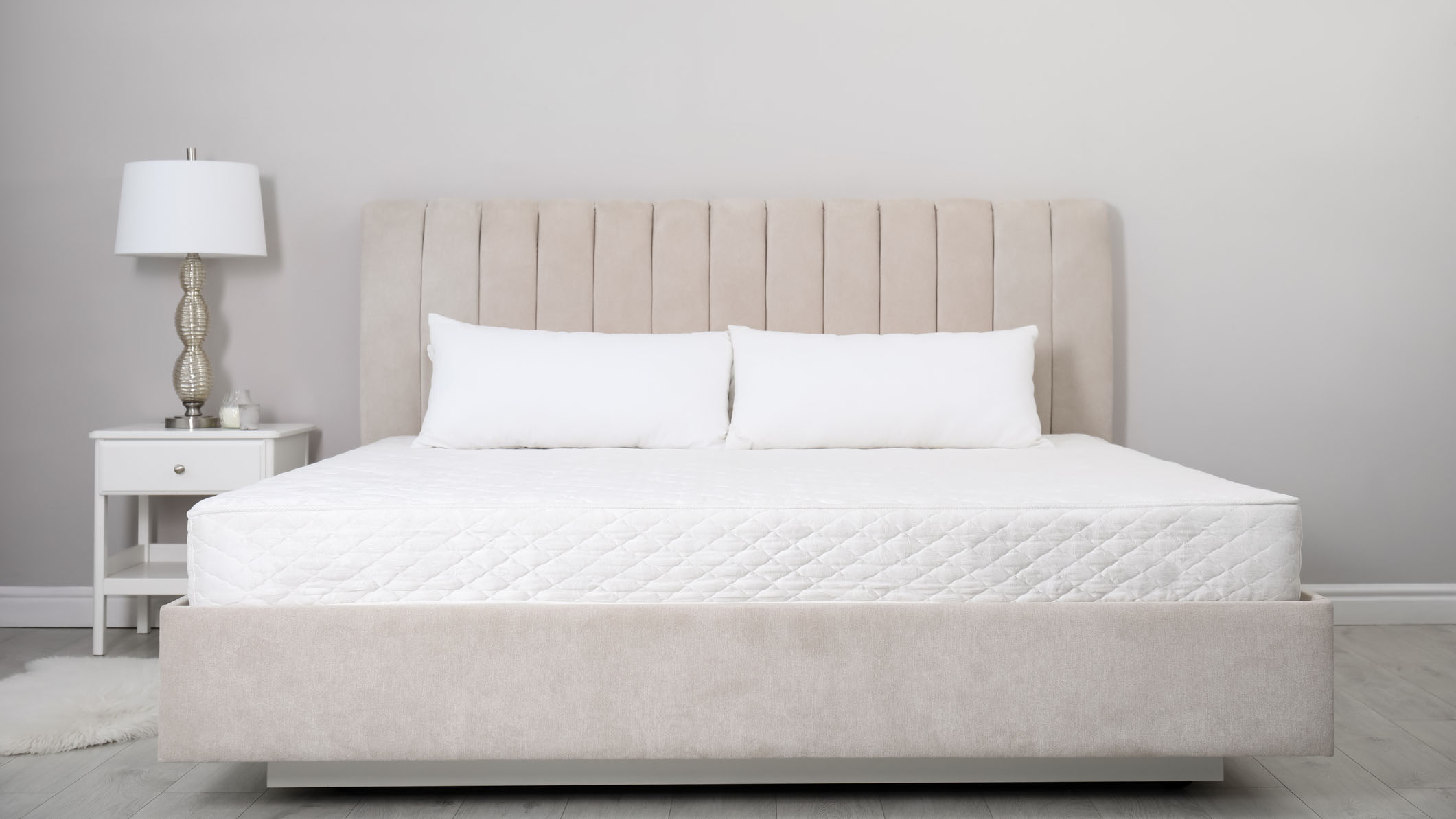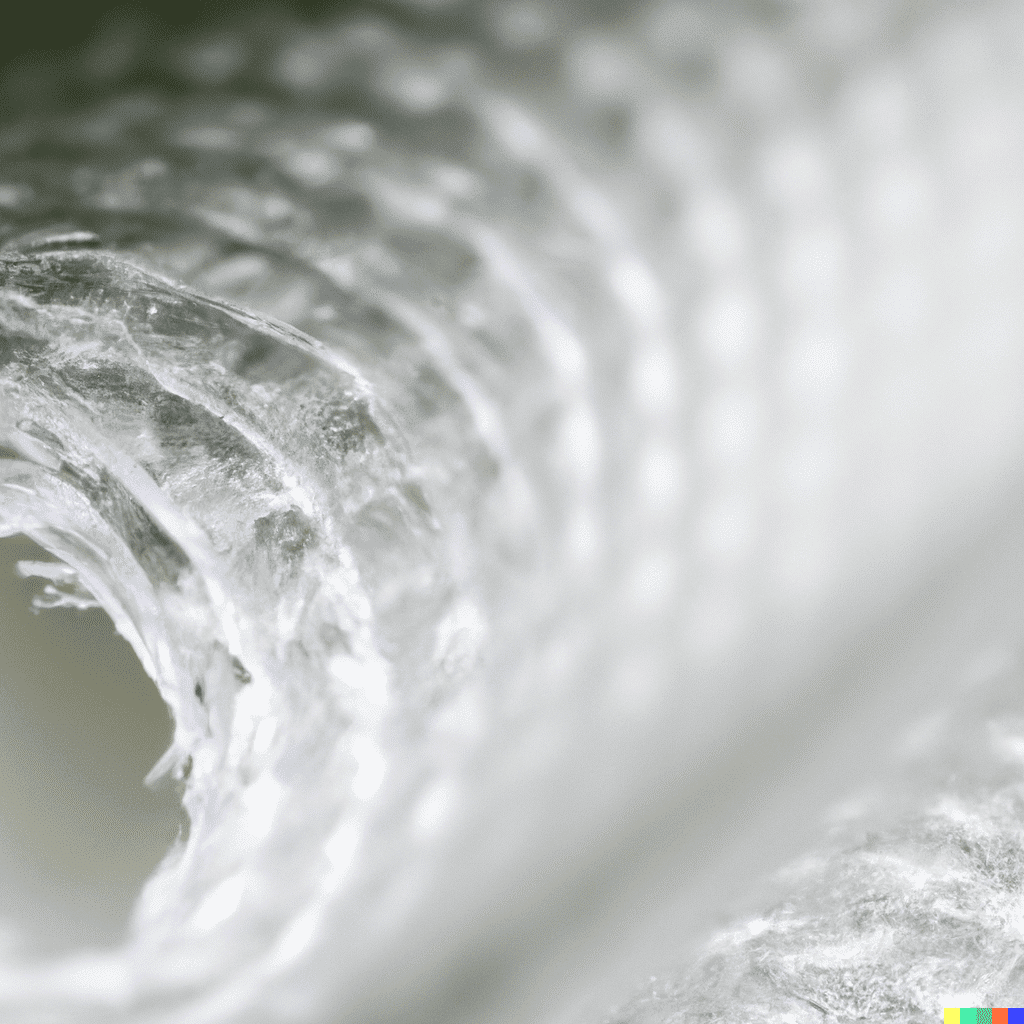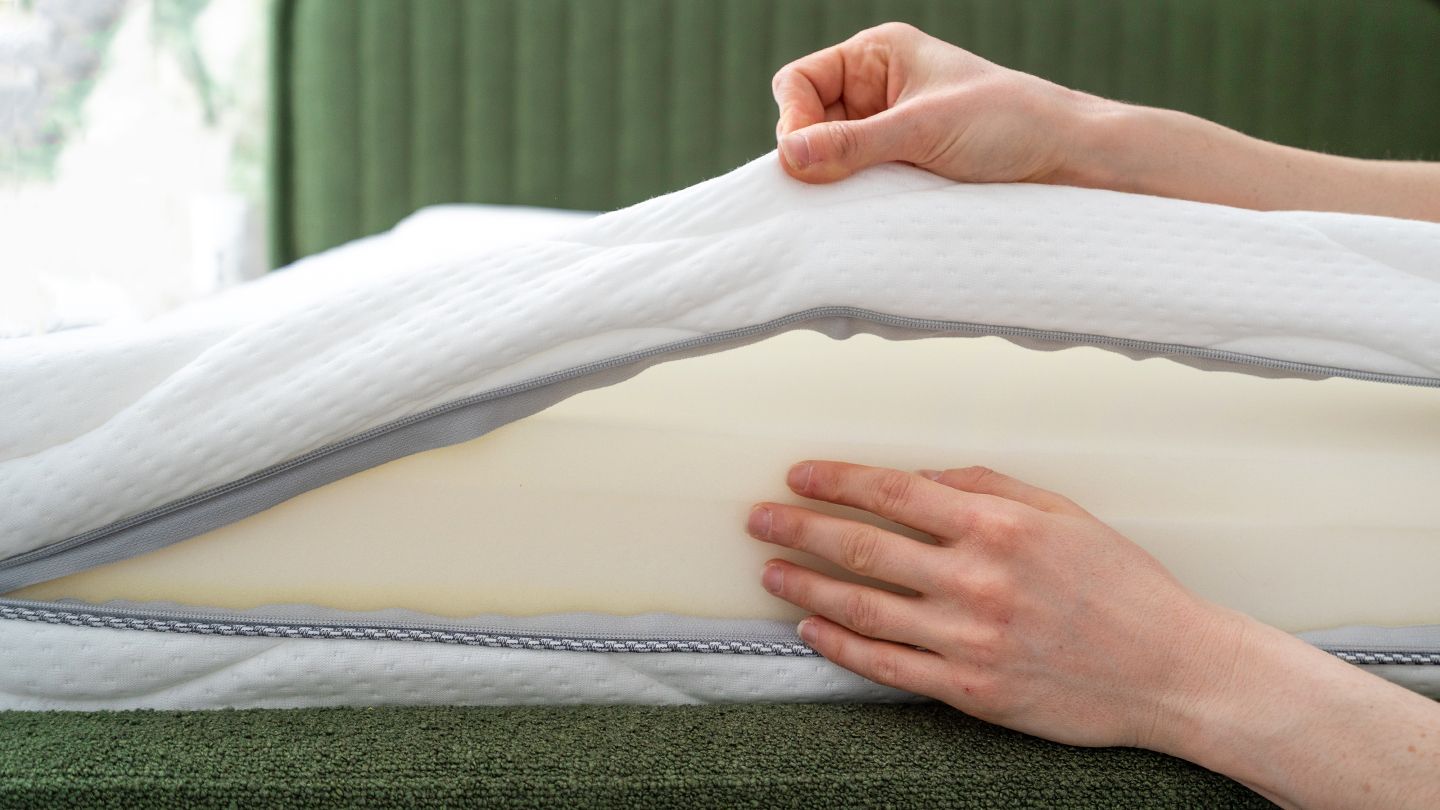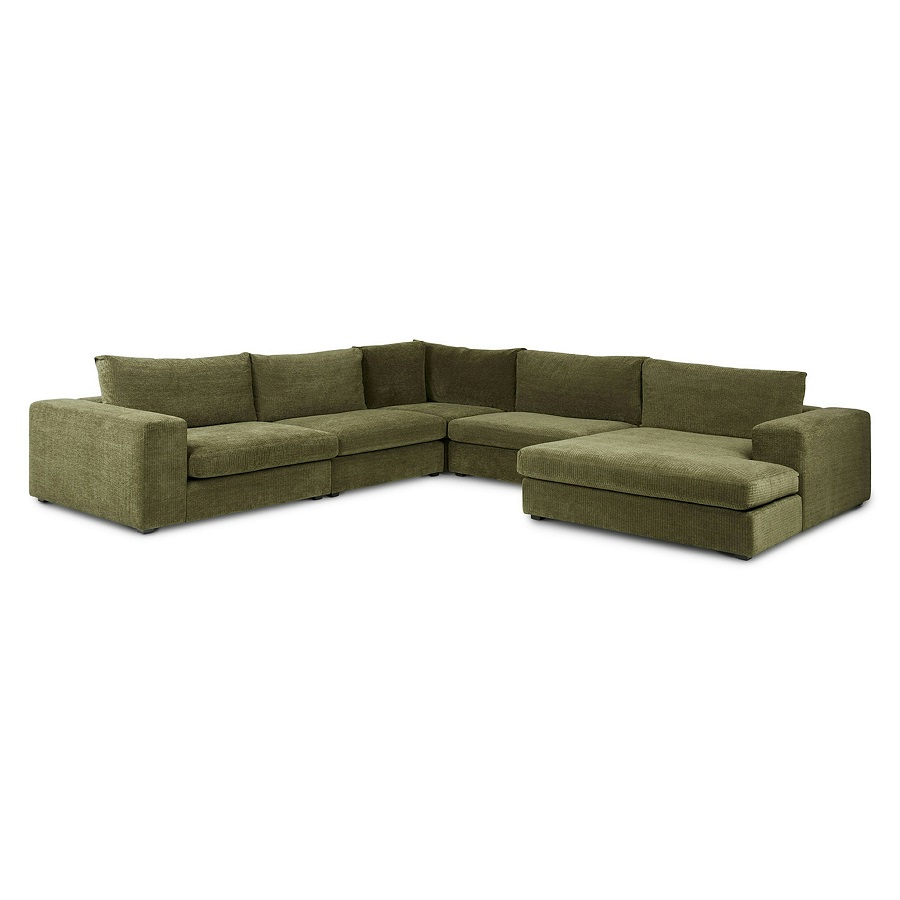Introduction: The Unseen Ingredient in Your Sleep
The quest for the perfect night’s sleep often leads consumers through a labyrinth of mattress options, each promising unparalleled comfort and support. Among the myriad of materials used in modern mattress construction, one component has recently sparked controversy and concern: fiberglass. This hidden ingredient, embedded within the outer layers of some mattresses for fire retardancy and durability, has raised questions about health risks and safety in the bedroom. This in-depth exploration delves into the mystery surrounding fiberglass content in beds, uncovering its purpose, potential hazards, and how consumers can make informed decisions when choosing their next mattress.

Understanding Fiberglass: A Brief Overview
Fiberglass, a type of fiber-reinforced plastic, consists of extremely fine glass fibers woven together to create a lightweight yet strong material. Its use spans across industries due to its excellent insulation properties, resistance to heat, and affordability. In the context of mattresses, manufacturers incorporate fiberglass as a cost-effective solution to meet stringent fire safety regulations. These standards, implemented to reduce the risk of household fires, mandate that mattresses resist ignition from open flames, and fiberglass serves as a flame retardant barrier.
Why Mattresses Need Fire Retardants: Regulatory Requirements
The inclusion of fire retardants in mattresses stems from the U.S. Consumer Product Safety Commission’s (CPSC) regulations, established after a series of highly publicized mattress fires in the late 20th century. These regulations require all residential mattresses sold in the United States to pass specific flammability tests. While various materials can serve this purpose, fiberglass became a popular choice due to its effectiveness and cost-efficiency. However, the presence of these chemicals and materials raises concerns among health-conscious consumers.

Potential Health Hazards: The Dark Side of Fiberglass
The primary concern associated with fiberglass in mattresses revolves around its potential health impacts when the fibers become airborne. If the outer cover of a mattress containing fiberglass is accidentally torn or removed, the minuscule glass shards can dislodge and infiltrate the air, leading to skin irritation, respiratory issues, and even eye damage upon contact. Furthermore, inhaling fiberglass particles can cause long-term lung problems akin to those experienced by individuals exposed to asbestos. Children and individuals with asthma or allergies are particularly vulnerable to these effects.
Identifying Fiberglass in Mattresses: A Challenging Task
One of the most significant challenges consumers face is identifying whether a mattress contains fiberglass. Unlike other components like memory foam or springs, manufacturers are not always explicit about the use of fiberglass in their products. Reading through product labels and safety data sheets can be misleading, as some may list “glass wool” or simply “fire retardant materials.” The lack of transparency has led to a growing demand among consumers for clear labeling and safer alternatives.
Alternatives to Fiberglass: Safer Options for Peaceful Slumber
Thankfully, several manufacturers have responded to consumer concerns by adopting alternative fire retardant strategies. Natural materials like wool, a natural flame-resistant fiber, are being incorporated into mattress designs as a substitute for fiberglass. Other options include the use of silica rayon blends or plant-based retardants. These alternatives not only mitigate health risks but also cater to eco-conscious consumers seeking more sustainable choices. It’s crucial for buyers to research these alternatives when shopping for a new mattress.

Protective Measures for Existing Mattresses: What You Can Do
For those who already own a mattress suspected of containing fiberglass, precautions can be taken to minimize exposure. Investing in a protective cover specifically designed to encapsulate the mattress and prevent fiber release is a practical solution. These covers are typically made from materials like polyester or polypropylene that act as barriers. It’s also advisable to handle the mattress with care to avoid tears and to wear protective gear when inspecting or cleaning it.
Consumer Awareness and Advocacy: Driving Change in the Industry
The rising tide of consumer awareness about the potential hazards of fiberglass in mattresses has sparked a wave of advocacy and change within the industry. Social media platforms and consumer forums are filled with discussions, reviews, and warnings about specific brands and products. This collective voice is compelling manufacturers to reevaluate their production processes and prioritize transparency and consumer safety. As a result, we’re witnessing a gradual shift towards clearer labeling and the adoption of safer materials.

Regulatory Landscape and Future Outlook
In response to consumer concerns and advocacy efforts, regulatory bodies are also starting to take notice. Some regions have begun to introduce or tighten regulations around the disclosure of potentially harmful materials in household products, including mattresses. Governments and standard-setting organizations are exploring requirements for clearer labeling that specifically identifies the presence of fiberglass or alternatives used as fire retardants.
The future of the mattress industry looks promising for consumers who prioritize health, safety, and environmental sustainability. With advancements in material science, we can expect an increasing array of innovative fire retardant solutions that are not only safer but also enhance sleep quality. These may include the development of new natural fibers, advanced synthetic materials designed for minimal environmental impact, or even bioengineered solutions.
Moreover, as consumer education and awareness continue to grow, there’s likely to be a heightened focus on lifecycle assessments of products. This means manufacturers will push to consider not just the initial safety of materials but also their long-term environmental impact, from production to disposal or recycling.

Empowering Consumers Through Education
Ultimately, empowering consumers through education remains key. This includes providing accessible resources that simplify complex technical information about mattress components and their potential health effects. Websites, mobile apps, and third-party certification programs that verify a product’s safety and sustainability claims can play a vital role in guiding informed purchasing decisions.
Additionally, fostering open dialogue between manufacturers and consumers is crucial. Brands that actively engage with their customers, address concerns promptly, and demonstrate a commitment to continuous improvement are more likely to build trust and loyalty. This two-way communication can lead to better products tailored to meet evolving consumer preferences and societal expectations for health, safety, and environmental responsibility.
Unraveling the mystery of fiberglass in mattresses underscores the importance of informed decision-making when it comes to our health and wellbeing. With an understanding of why it’s used, the potential hazards it poses, and the available alternatives, consumers can navigate the complex world of mattress shopping with greater confidence. As the industry responds to consumer demands for safer, more transparent products, the hope is for a future where a good night’s sleep doesn’t come at the cost of our health. By staying vigilant and advocating for change, we can all contribute to shaping a healthier sleep environment.










